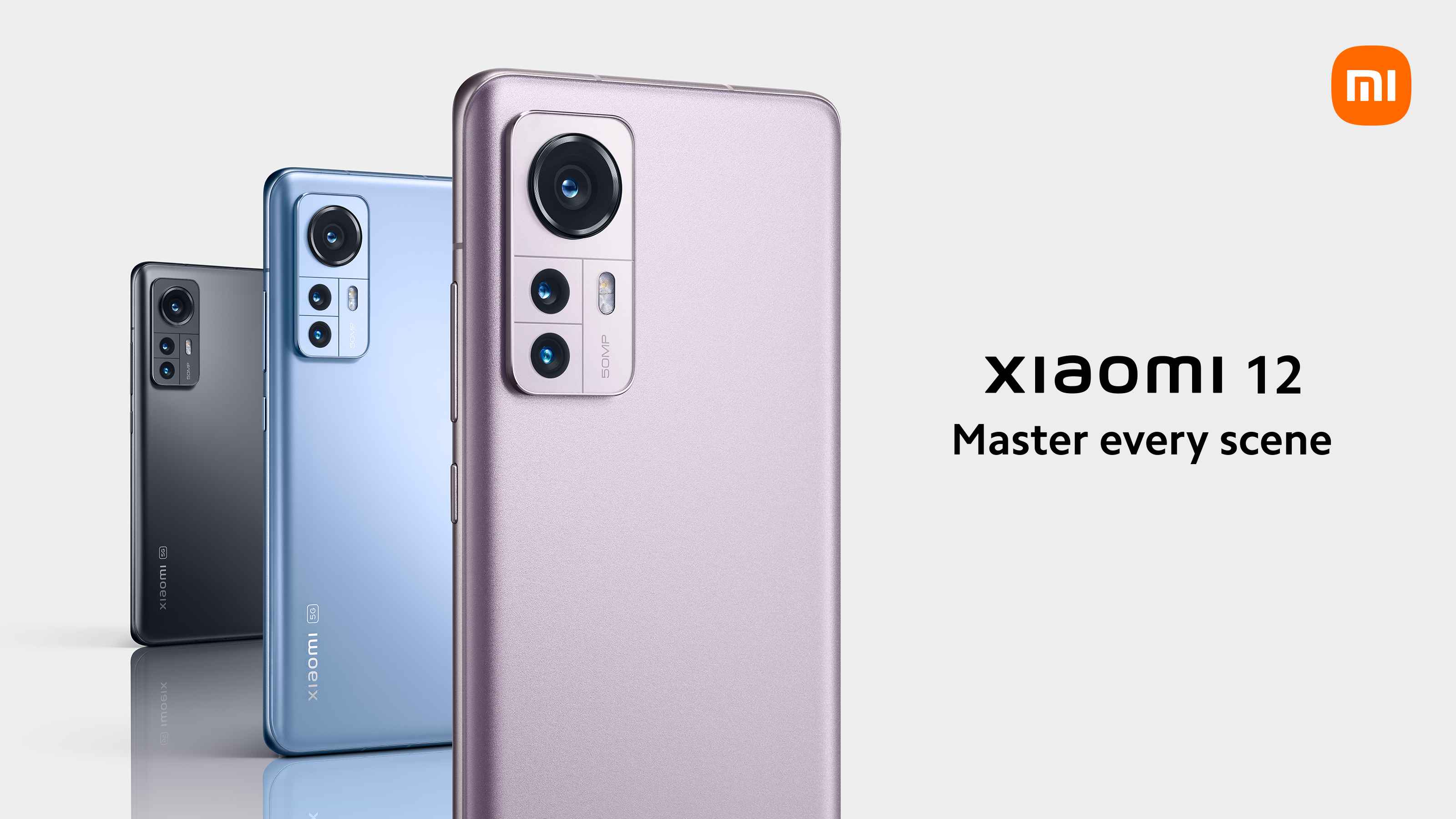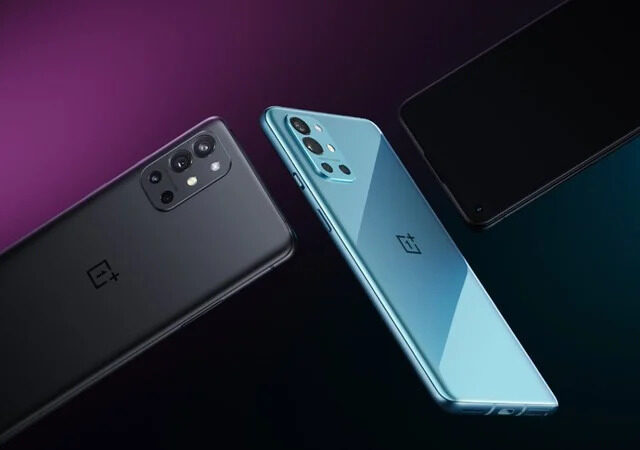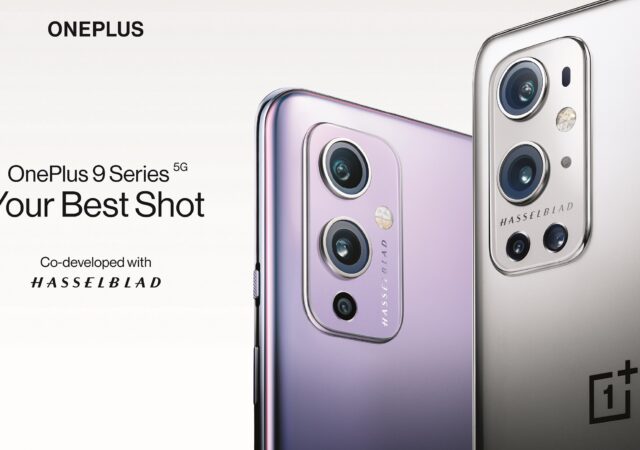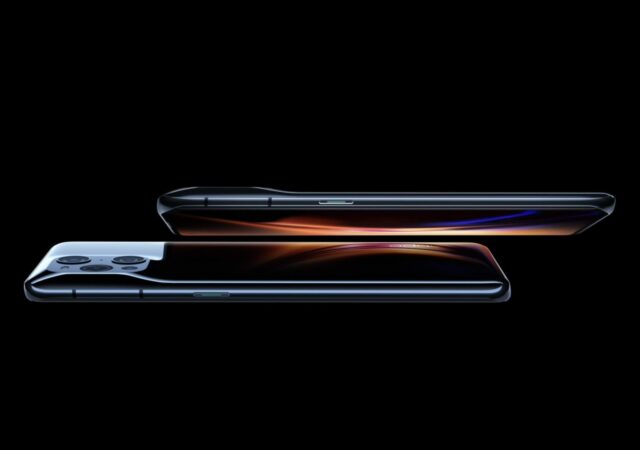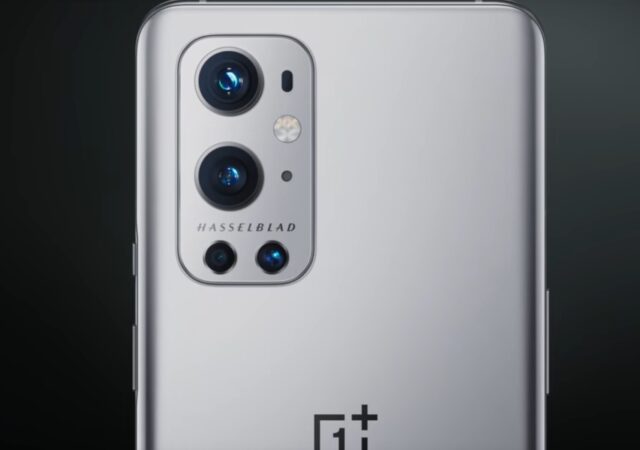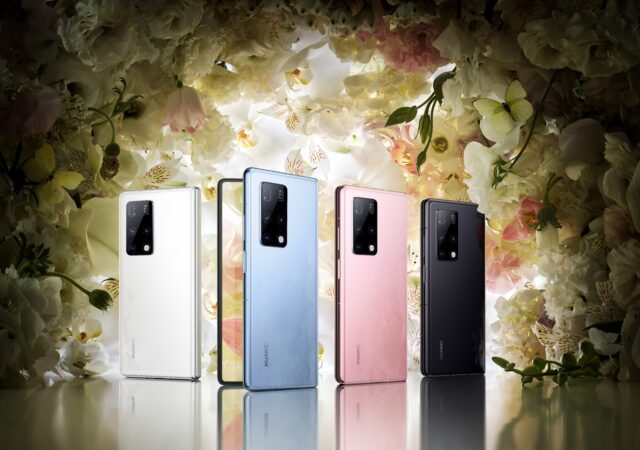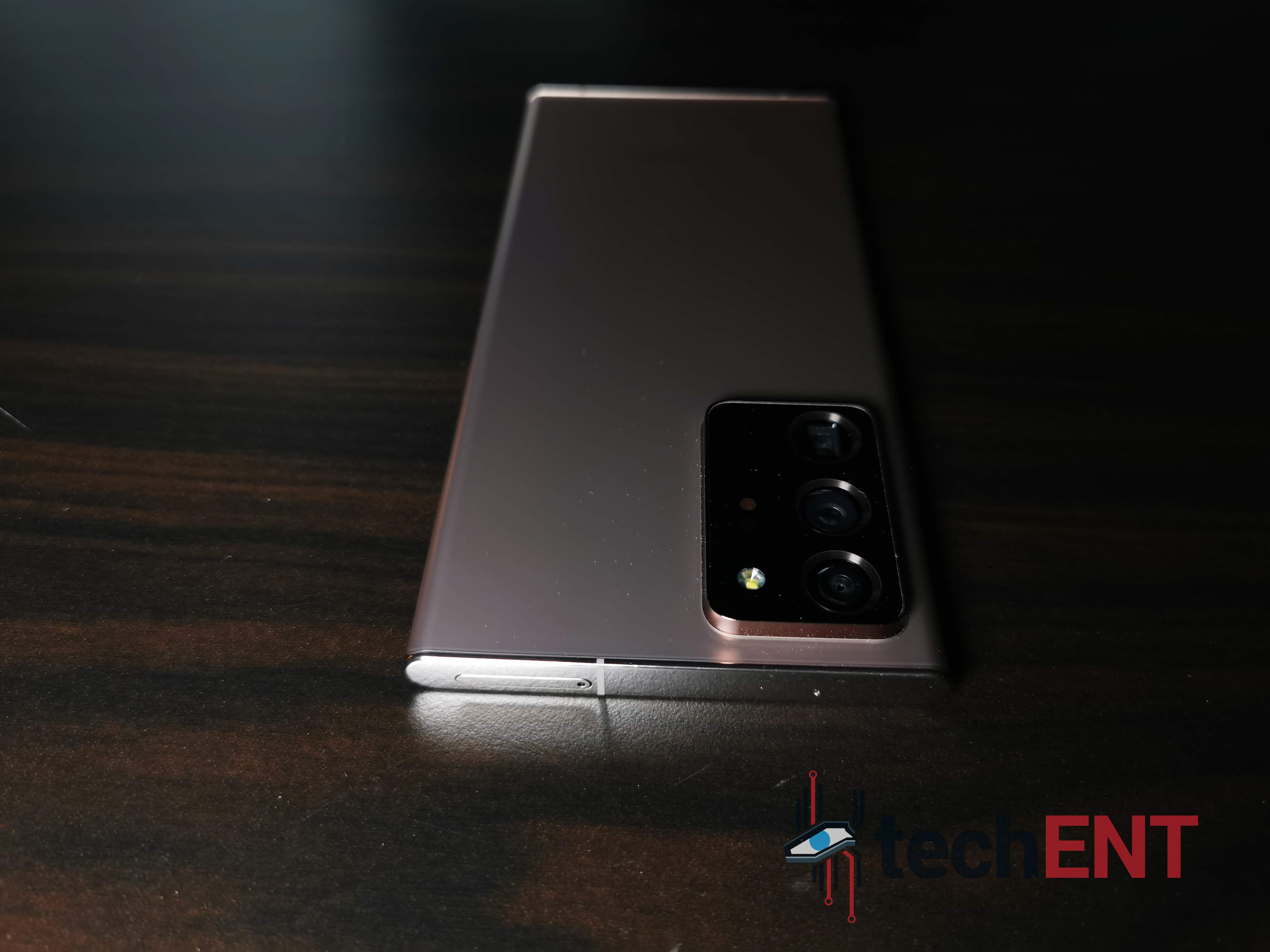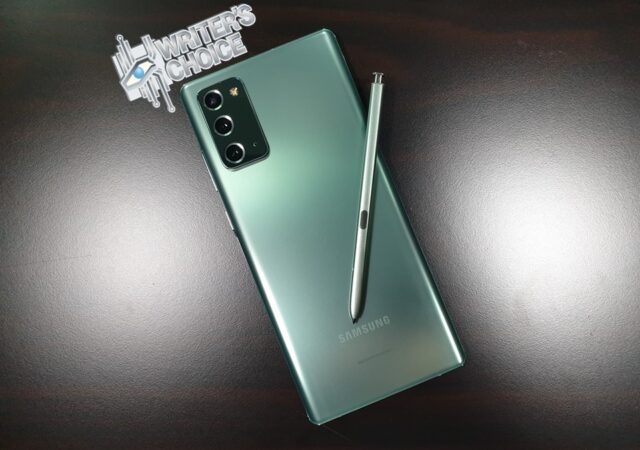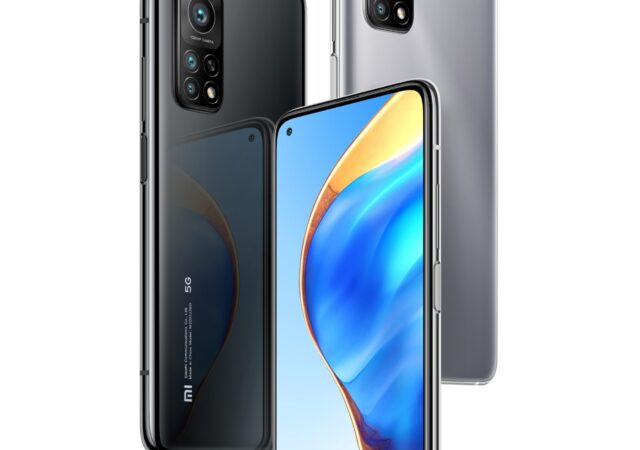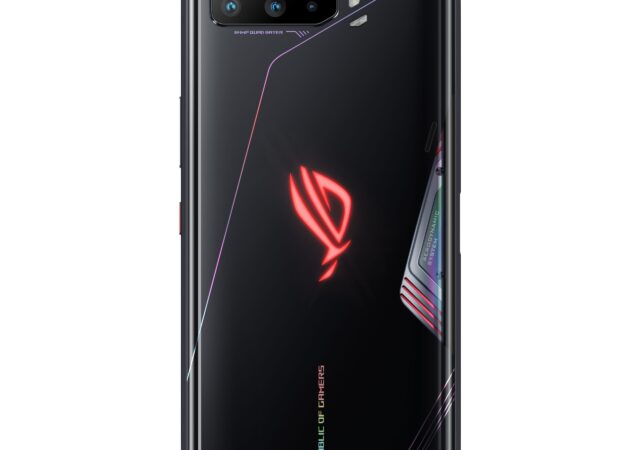Xiaomi introduces their new flagship to take on 2022! The new Xiaomi 12 and 12 Pro flagships are here for MYR 2,899 onward.
Alongside the OnePlus 9 and OnePlus 9 Pro, the OnePlus 9R Launches in India and China.
OnePlus launches the budget friendly OnePlus 9R alongside OnePlus 9 and Oneplus 9 Pro in India and China packing Snapdragon 870 5G.
OnePlus 9 Series Launches with Hasselblad Camera
OnePlus launches the OnePlus 9 flagship series to the world. The OnePlus 9 series also features Hasselblad co-developed cameras.
OPPO Find X3 Pro Launches Globally! Available March 2021 Onward with EU€ 1,149 Price Tag.
OPPO launches their highly anticipated and impressive Find X3 pro flagship. The new flagship comes with a state-of-the-art 50-Megapixel main camera and a new 50-Megapixel Ultra-Wide camera. Available globally March 2021 with prices starting at EU€ 1,149.
OnePlus 9 Coming 23 March 2021 with Hasselblad Camera and Charger in the Box
UPDATE (11/03/21): OnePlus has confirmed that the OnePlus 9 will come with a Sony IMX766 50-Megapixel ultra-wide camera. They also say that the Ultra-Wide camera should deliver distortion free ultra-wide shots thanks to the free-form lens technology OnePlus 9 features.…
The HUAWEI Mate X2 Launched Still with Android Based EMUI 11
The HUAWEI Mate X2 with EMUI 11 was just launched in China and is going on sale on the 25th of February, 2021 onward at CN¥ 17,999.
The Samsung Galaxy Note20 Ultra In-Depth Review – The Next Best Thing
The Samsung Galaxy Note20 Ultra is Samsung’s iteration of the ultimate flagship smartphone. Is it worth MYR 5,199 though? We find out.
Samsung Galaxy Note20 5G In-Depth Review – The One You Should Get
We reviewed the Samsung Galaxy Note20 and we liked it. We think this should be the Galaxy Note to buy at MYR 4,299.
[UPDATE] Xiaomi Launches the Mi 10T Series – The New Value for Money Kings are Here Starting from MYR 1,699!
Xiaomi launched their Mi 10T series! The new highly anticipated devices are more powerful than ever while retaining value.
ASUS ROG Phone 3 Launched – Third Time’s the Charm
ASUS Launched th ROG Phone 3 with Qualcomm Snapdragon 865+ SoC. The ROG Phone 3 is currently the most powerful gaming smartphone in the world.



